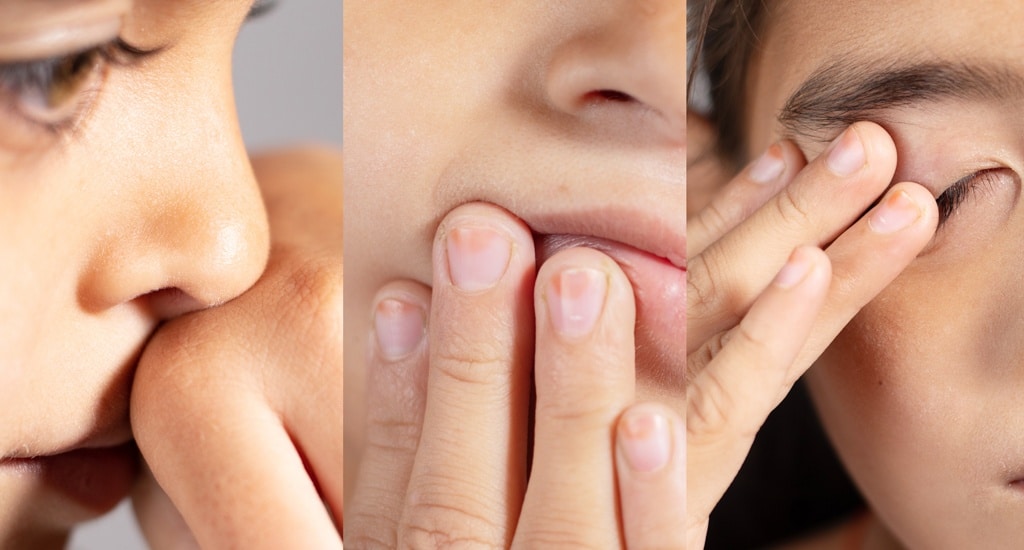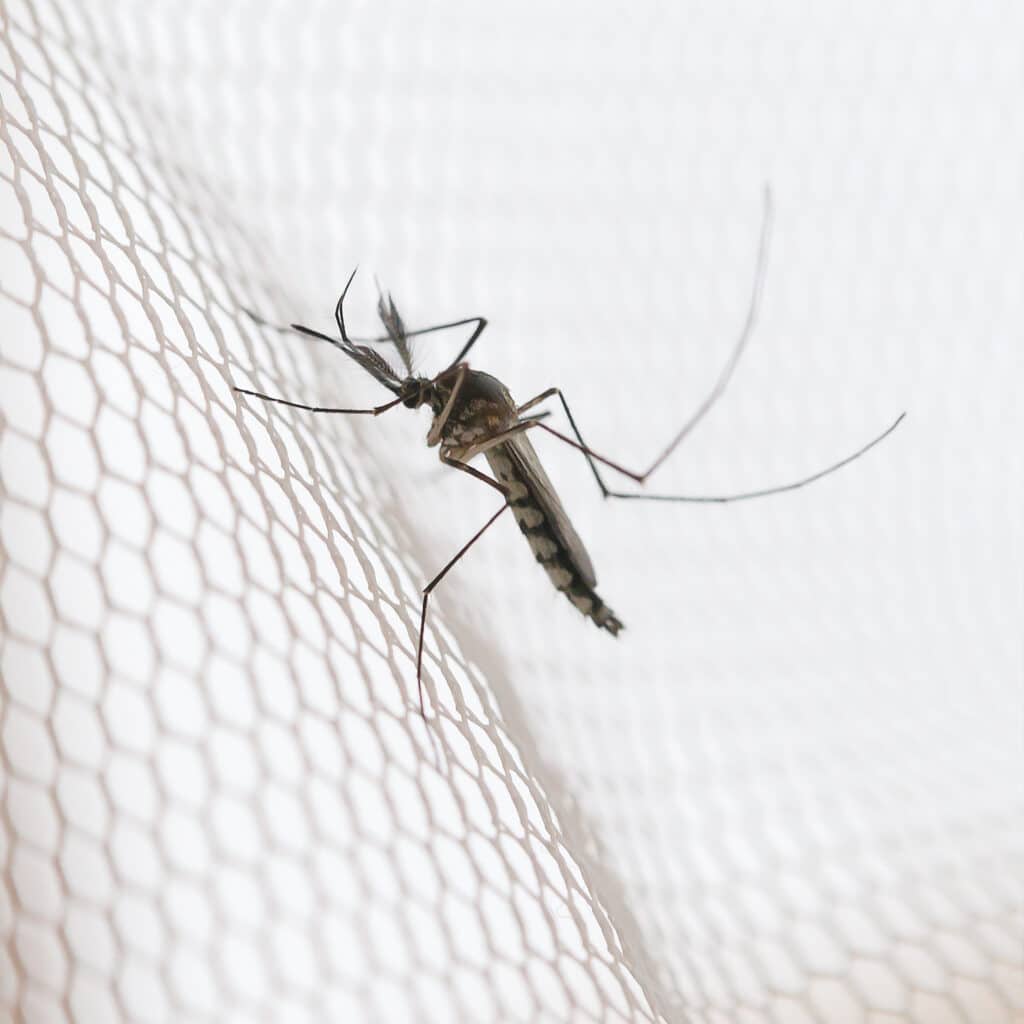6 Components Of The Chain Of Infection
#1: Etiologic agent
Our first link in the chain of infection is the etiologic agent. The etiologic agent is the pathogen that creates a certain type of disease or infection. Examples of etiologic agents are any bacteria, virus, fungus, or other microorganism. The four classes of microorganisms of infectious concern are: 1) spore-forming bacteria, 2) vegetative bacteria, 3) viruses such as polio, hepatitis B, HIV, and 4) invasive fungi such as Candida. Prions, such as those believed to cause mad cow disease, are also of concern if direct contact with brain tissues occur. While determining the pathogen type is important, it is also important to determine how infectious the pathogen in question is. Virulence is the pathogenicity of particular microorganism. Virulence is determined by the number of people that contract and the number of individuals that die from a particular disease. The invasiveness of a microorganism is a parameter that effects virulence. Invasiveness is the ability of microorganism to invade body tissues. Generally, organisms that can penetrate the body’s intact barriers are of more concern than those that cannot. For example, a pathogen that can enter via the respiratory tract is more invasive than one that can only enter via the blood stream. Another factor that determines virulence is infectious dose. Infectious dose is the minimum number of microorganisms needed to cause an infection. For example, E. coli requires an infective dose of only about 10 cells while other pathogens require thousands or missions of cells to cause an infection.
#2: Reservoir
The reservoir is the source that allows for the survival and growth of a particular pathogen. In other words, the reservoir is a place where microorganisms can thrive and multiply. Reservoirs can be anything from water, food, and medical devices to the human skin itself. In regard to human skin as a reservoir, over a trillion microorganisms can be found on and within the human body. Additionally, it is well-documented that most health-care-associated infections are caused by the patient’s own external microbial flora entering an internal wound cavity.

#3: Portal of exit
The third link in the chain of infection, is a portal of exit. A portal of exit is a way for the pathogen to leave the reservoir where it lives. Portals of exit may include human respiratory tract system, blood, skin surfaces, mucous membranes, or gastrointestinal tracts. Waterspouts, unwashed food surfaces, and medical device surfaces may also be portals of exit.

#4: Mode of transmission
The mode of transmission is how contact of the disease with the patient occurred. The main mode of disease transfer is through direct person-to-person contact, indirect contact (with use of a medical device), or respiratory tract droplet spread contact with a patient. Coughing, sneezing, and talking are activities that cause the greatest risk of droplet spread infections, such as COVID-19.
Disease can also be transmitted via airborne, vehicular, and vector transmission. Respiratory tract droplet spread is a form of airborne transmission. Another example of airborne transmission is inhaling contaminated dust particles.
Vehicular transmission spreads disease through a secondary route such as food, water, or other contaminated products. Vector transmission is the spread of a pathogen through a live host such as a rodent, mosquito, bat, spider or other animal/insect.
#5: Portal of entry
Areas for portal of entry are identical to portals of exit. The most common forms of infection are hand to mouth transfer of pathogens, inhalation of airborne pathogens, or pathogen exposure at a wound site. Many microorganisms have specific portals of entry to allow for infection. For example, Hepatitis B must be transferred by blood, typhoid fever involves the gastrointestinal tract, and influenza involves only the respiratory tract.
#6: Susceptibility of the host
There are ways to protect against pathogen exposure. In the case of respiratory diseases like COVID-19 and influenza, wearing an appropriate mask over the nose and mouth can decrease pathogen exposure. Gowns, caps, and gloves are also used for added barrier protection.
The human immune system also determines the susceptibility of a host to a pathogen. Thus, staying up to date on vaccines, reducing stress, and nourishing the body with sufficient micronutrients are all ways to keep the innate and adaptive immune systems running smoothly.

Putting The Chain Of Infection Into Action
The intended use of a particular medical device will inform what sorts of microorganisms a device may encounter following a patient procedure. This information is critical for creating instructions for use for reprocessed medical devices and for appropriate disposal of single use products. Additionally, general microbiology, bioburden, and environmental monitoring testing are critical to determine where reservoirs for pathogen growth may exist on medical devices, the level of microorganism exposure during various points of manufacture, and matters of sterility, including packaging choice, sterilization type, and sterilization cycle parameters.
Ethide Labs is a contract testing organization that specializes in Sterilization Validations and EO Residual Testing. Ethide Labs provides in-vitro cytotoxicity tests in-house and outsources in-vivo cytotoxicity work for toxicity testing of medical devices, products, and drugs. Ethide Labs also offers Microbiology Testing, Bioburden Testing, Environmental Monitoring, Bacterial Endotoxin Testing, Package Integrity Testing & Cytotoxicity Testing services for medical device companies and allied industries. Ethide is an ISO 13485 certified facility.
References
Association for the Advancement of Medical Instrumentation. Comprehensive guide to steam sterilization and sterility assurance in health care facilities. Arlington, VA, USA. AAMI 2017. (ANSI/AAMI ST79-2017).
Share this in your social networks


